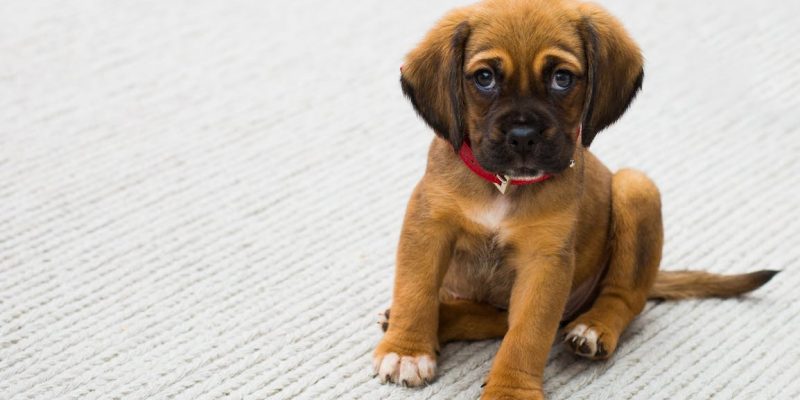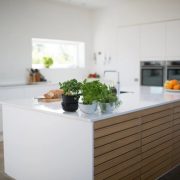Puppy-proofing your home is a crucial first step when welcoming a new dog into your family. It’s about creating an environment that’s secure, safe and enriching for your pup.
Not only does it ensure their physical wellbeing, but it also promotes healthy growth by limiting dangers they could confront while exploring.
Think of puppy-proofing as childproofing. You’re taking preventive measures to protect those who are not yet fully aware of their surroundings or potential hazards. Here’s how to go about it.
Setting Boundaries: Creating Safe Spaces for Your Pup At Home
Establishing boundaries within your home is an essential part of puppy-proofing. This process reminds your young canine friend where it’s safe and permissible to roam, play or rest.
Here are a few key points:
- Puppy gates: Installing these will help keep them out of certain rooms or areas with potential hazards.
- Comfy corners: Assign specific spots in the house for their bedding and toys, fostering familiarity and comfort.
- Limited outdoor access: Depending on the age, size, breed of your pup and the security level of your garden or yard, you might want to curb their outdoor access initially until they grow more disciplined. You can even take your dog into account in how you design your garden.
Also consider that consistent teaching can make all the difference when setting boundaries. Train them early so they understand which parts of the house are accessible, and which are off limits.
Ways to Keep Your Puppy Calm
Ensuring that your puppy stays calm, particularly in a new environment, is a must for their growth and wellbeing. This involves addressing both their physical needs and emotional comfort.
Here are some methodologies:
- Regular exercise: Keeping them active can help burn off excess energy that could otherwise turn into anxiety.
- Mental stimulation: Brain-stimulating toys or puzzle feeders can keep them engaged and occupied.
- Creating routine: Establishing consistent daily activities such as feeding times, playtime, and walks helps with calming nerves.
- Considering supplements: For some puppies, natural supplements such as CBD dog treats might be beneficial. Do check out a variety of CBD dog treats available on the market and consult your vet before incorporating any nutritional supplements into your pup’s diet.
Every puppy’s different, and what works for one may not work quite as well for another. It’s all about finding appropriate methods that best suit your wee canine pal.
Protecting Valuables From the Curiosity of a Young Dog
Puppies are naturally curious and may inadvertently cause damage to your personal possessions. Here’s how you can keep your valuables safe from those tiny, but determined paws.
- Store them high: Keep valuable items on higher shelves or in cupboards that a puppy cannot access.
- Use protective covers: For larger household objects that cannot be moved, such as sofas or antique furniture pieces, consider using protective covers for added security.
- Train them early: Training your puppy not to touch certain things can have lasting effects as they grow older. As mentioned earlier, it’s never too early to instill good habits!
Another thing to bear in mind is that this phase is temporary, which can make the challenges more bearable in the quest to raise happy, disciplined dogs.
Dealing with Potential Hazards: Chemicals, Plants, and Other Threats
Sometimes the most common elements of your home can pose a risk to an inquisitive puppy. To mitigate these threats:
- Store cleaning products securely: Keep household chemicals locked away or on high shelves which are unreachable for young pets.
- Identify dangerous plants: Some houseplants can be harmful if ingested. Check all your indoor and outdoor plants against toxic lists.
- Secure electrical cords: Bundle loose wires together using cable organizers to prevent any electrocution risks.
It’s about maintaining that balance between encouraging exploration while ensuring their safety at all times.
Final Thoughts
The most important thing you can be with your puppy is patient. With time, and lots of effort on your part, they will integrate into your home life seamlessly.




















